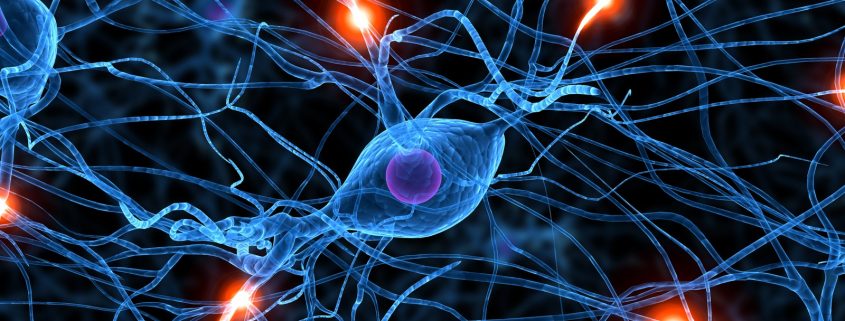Nervous System
Is it really just one system?
Actually, no!
Do you know what your nervous system actually does?
The Human Central Nervous System
Function: Processes information to the brain
Structures: Brain and spinal cord
Video Player
00:00
00:15
It starts with receptors, which are sensory structures that detect changes in internal and external environment.
There are three types of receptors which are as follows:
Somatic sensory receptors that provide position, touch, pressure, pain, and temperature sensations.
Special sensory receptors which we are all familiar with smell, taste, vision, balance and hearing.
Last but not least, Visceral sensory receptors that just monitor internal organs.
Now there’s the Sensory division of the PNS brings information to the CNS from the receptors in the peripheral tissues and organs.Then, from there the CNS integrates and distributes information. This is called information processing.
The motor division happens next where the PNS carries the motor commands from the CNS to peripheral tissues and SNS (somatic nervous system) and ANS( autonomic nervous system)systems.
The SNS controls all skeletal muscle contractions. The ANS provides automatic regulation of smooth muscle, cardiac muscle, glands, and adipose tissue.
Why is all of this important?
Simply put it’s due to the Effectors. Effectors are target organs whose activities change in response to neural commands.
What’s a neural command anyway?
You know them most likely as reflexes.
Why do we have reflexes? If you have a question, what do you do? You will raise your hand to ask it. But, what happens for you to raise your hand?
Video Player
00:00
00:15
What are reflex’s? Reflexes – automatic, subconscious responses to any external or internal stimuli. Your CNS sends a signal to a motor neuron in your PNS causing you to raise your hand.
The Peripheral Nervous System (PNS)
Function: links the CNS to muscles and organs.
Structure: Includes all neural tissue outside the CNS
Video Player
00:00
00:15
PNS: includes four individual systems of nerves.
The Somatic Nervous System
Function: regulates the voluntary movements like walking
The Autonomic Nervous System
Function: controls involuntary functions such as digestion.
The Sympathetic Nervous System
Function: takes care of actions or stress fight, flight, freeze, and frolly
The Parasympathetic Nervous System
Function: Calms the body down and conserves energy
All work together to create and maintain homeostasis. AKA to consistently keep your body functioning,feeling safe and in a healing state. These systems too, if imbalanced is quite frequently a huge component of many chronic symptoms and illnesses.
Get to the root!
Always look deeper.
Smash That Lens.



